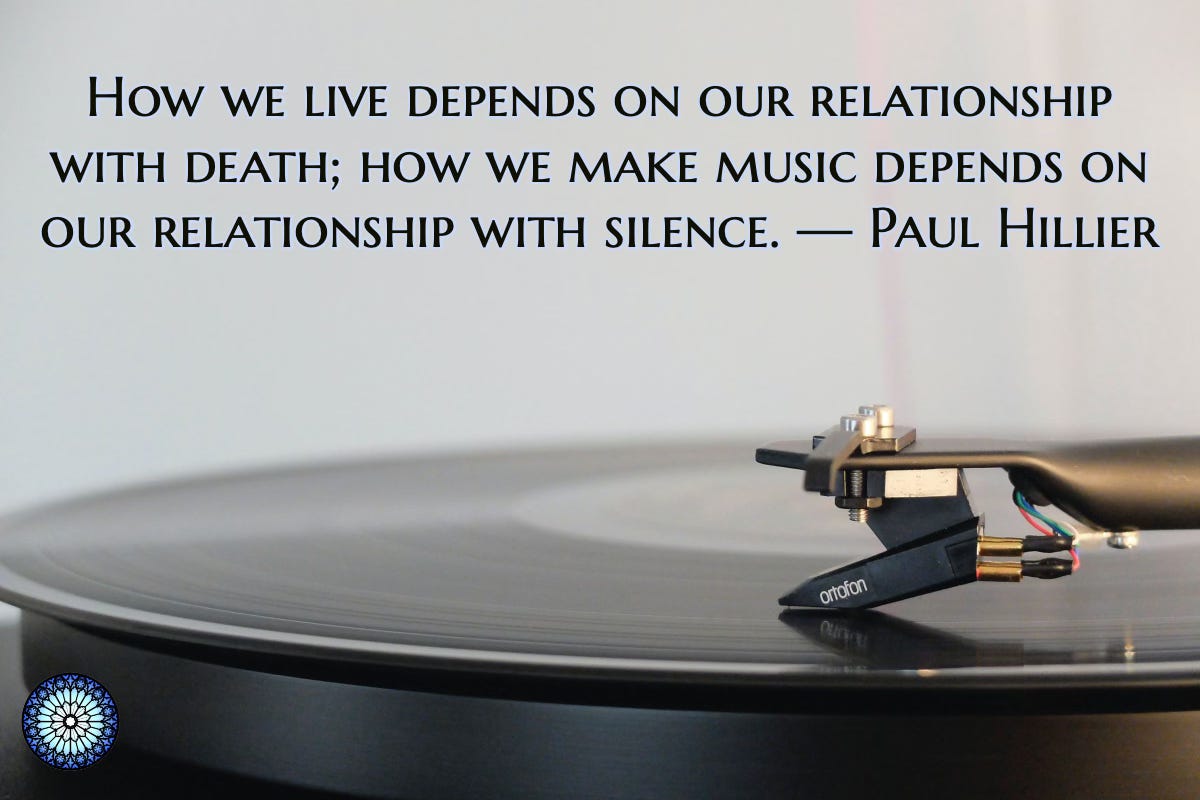Music Emerges from Silence
And to silence all music must eventually return
“All music emerges from silence, to which sooner or later it must return. At its simplest we may conceive of music as the relationship between sounds and the silence that surrounds them. Yet silence is an imaginary state in which all sounds are absent, akin perhaps to the infinity of time and space that surrounds us. We cannot hear utter silence, nor ca…
Keep reading with a 7-day free trial
Subscribe to Mystical Journey to keep reading this post and get 7 days of free access to the full post archives.



